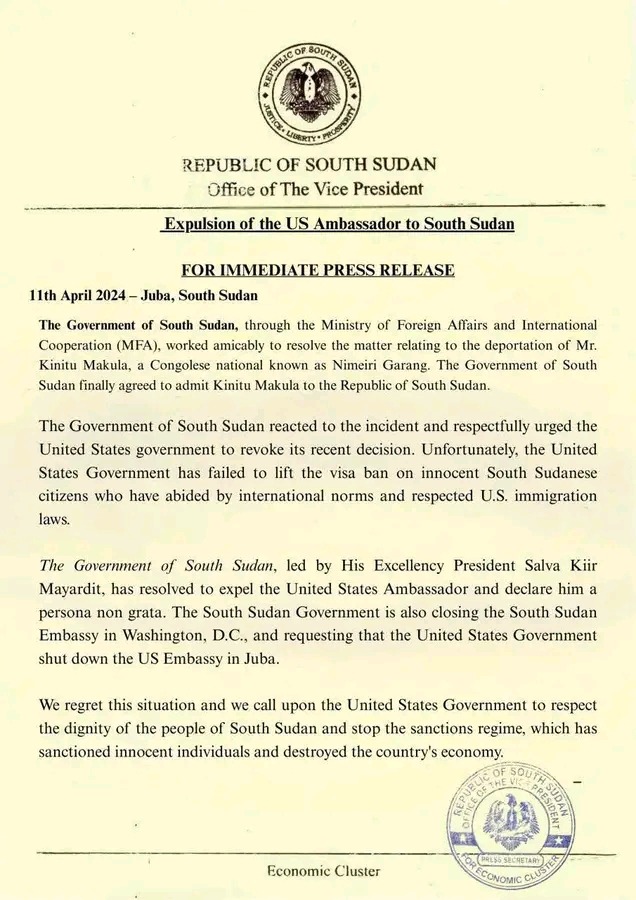
Fertilizers are substances that provide nutrients to plants, such as nitrogen, phosphorus, potassium, calcium, magnesium, and micronutrients.
They can be organic or synthetic, granular or liquid, slow-release or fast-acting. Depending on your soil type, crop, and budget, you can choose the best fertilizer for your situation. For example, if your soil is low in nitrogen, you can use a high-nitrogen fertilizer, such as urea or ammonium nitrate.
If your soil is low in phosphorus, you can use a high-phosphorus fertilizer, such as superphosphate or bone meal.

You can also use a balanced fertilizer, such as 10-10-10, that provides equal amounts of nitrogen, phosphorus, and potassium.
Apply fertilizers correctly
Fertilizers can be applied before planting, during planting, or after planting.
The timing, rate, and method of application depend on your soil type, crop, and fertilizer type. For example, if you are using a slow-release fertilizer, you can apply it before planting and incorporate it into the soil. If you are using a fast-acting fertilizer, you can apply it during planting or after planting as a side-dressing or foliar spray.

You should always follow the instructions on the fertilizer label and avoid over-fertilizing, as this can cause nutrient imbalances, leaching, and environmental problems.
























